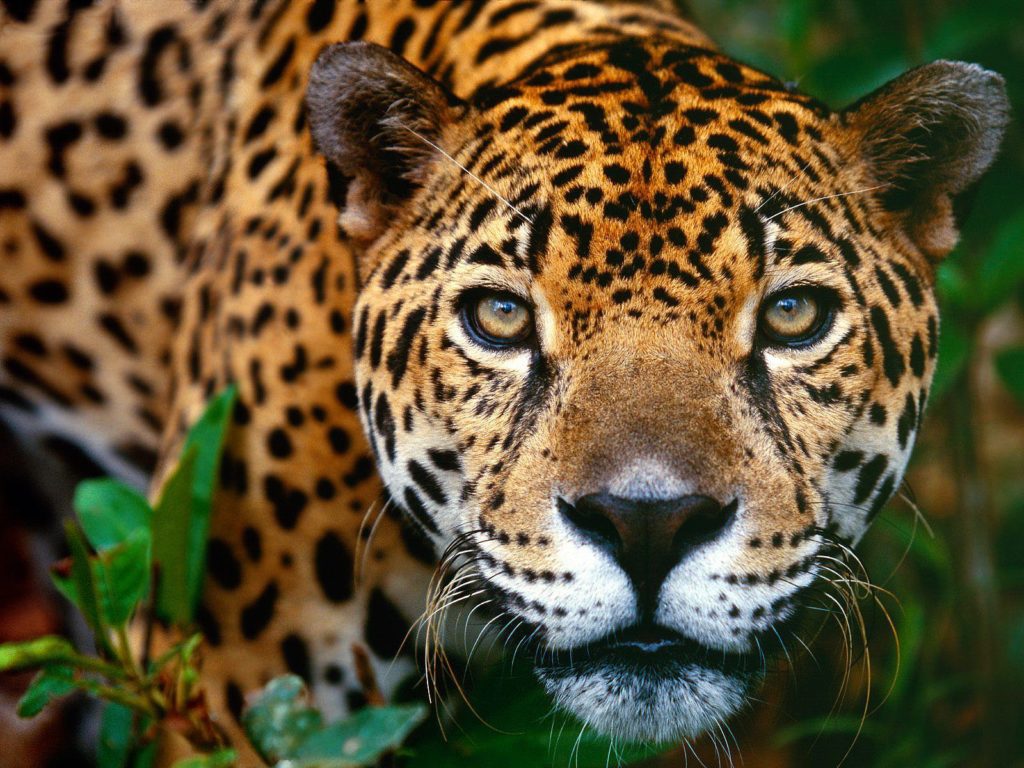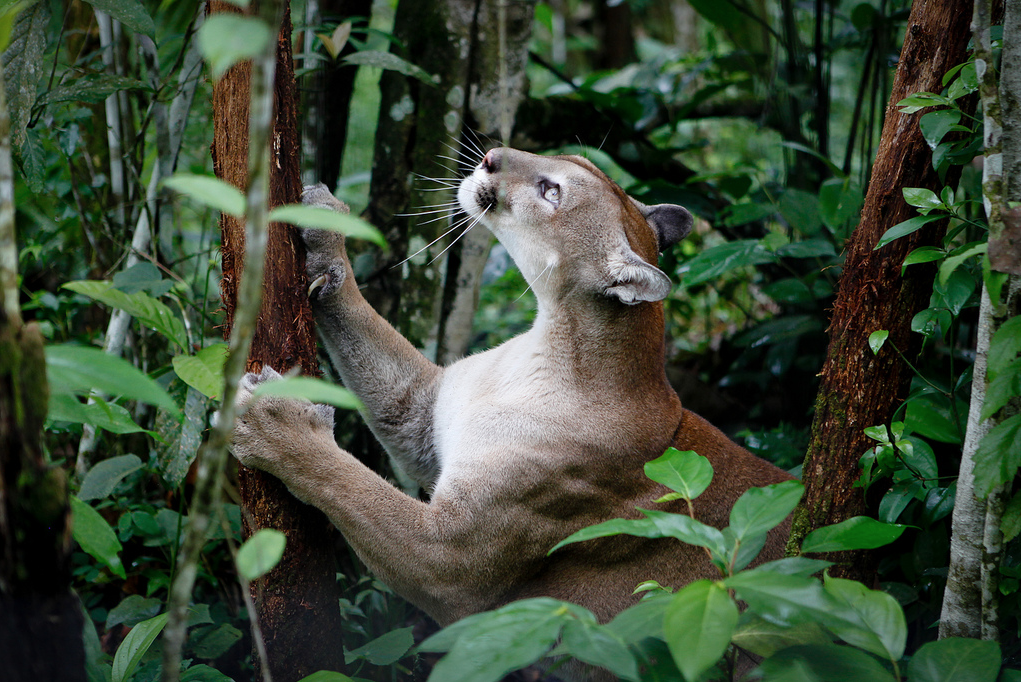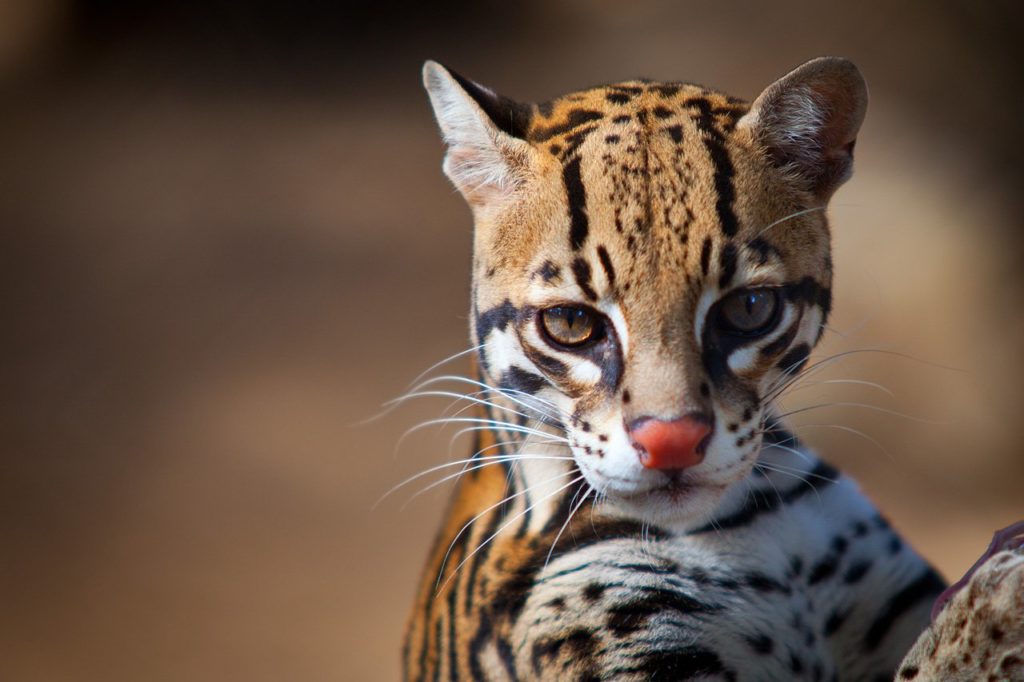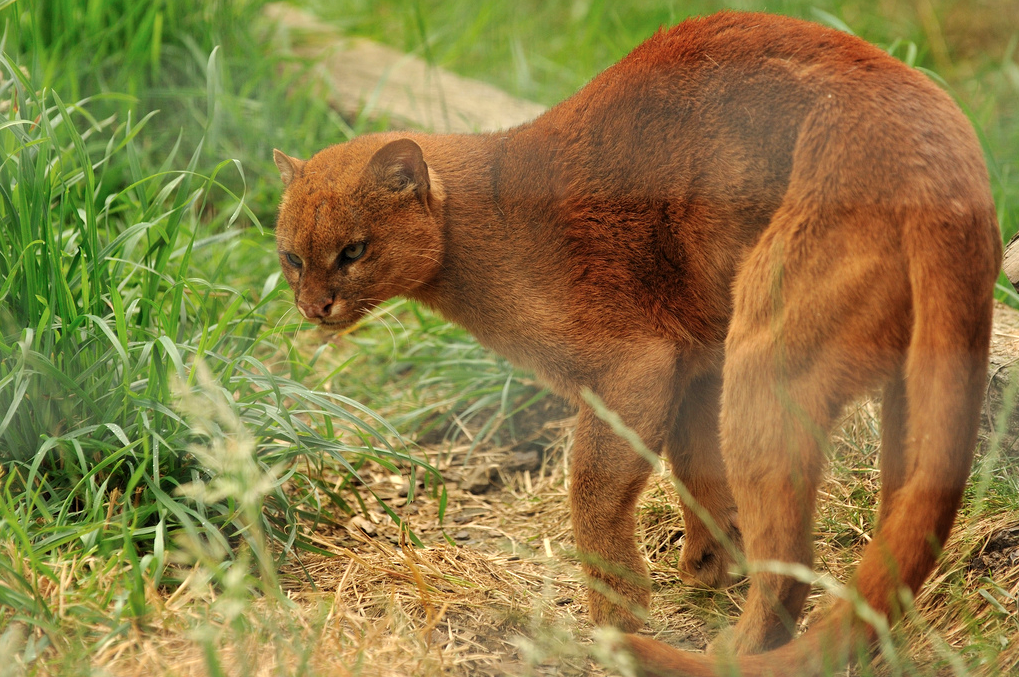Here is a Big Cats List of the popular Big Cats Species in Belize
A little while back we did a piece on the international efforts to establish and maintain a green corridor running from Mexico down to Argentina to protect the region’s jaguar population, and some people registered surprise that Belize actually has a jaguar population. That population not only exists, but is hopefully growing today thanks to efforts from conservation groups such as Panthera and the Cockscomb Basin Wildlife Sanctuary.
Well, we thought that if people were surprised that Belize had jaguars, they’d be even more intrigued to hear that there are actually five major big cats species running around Belize. So here’s an introduction to Belize’s big cats.
Belize Big Cat Jaguar

First and foremost would be the jaguar, perhaps the most well known of Belize’s big cats, (besides being the name of the national football team). Known to scientific types as Panthera onca, it’s amazing that they have survived at all, given the high value placed on their stunning pelts, from the days of the ancient Maya up to modern times.
In fact, the jaguar was respected by the Maya, who called it baalam, or simply, the King. Jaguars appear in many ancient carvings and statues, and were a chief adornment of Maya royalty.
You rarely see these guys in the daytime, as they like to hunt at night, are shy and have magnificent camouflage, but now and then they can be seen sunning themselves, and occasionally their roars will liven up the Belizean night.
They hunt peccaries monkeys, agoutis, deer, birds, fish, lizard, turtles, and other animals, and aren’t adverse to the odd bit of carrion when they come across it. Despite their fierce reputation, attacks on humans have always been rare.
Belize’s Cockscomb Basin Wildlife Sanctuary is the world’s only designated jaguar preserve and is doing great work in helping to maintain the numbers and health of this beautiful, iconic animal.
Belize Big Cat Mountain Lion

Another big feline is the Mountain Lion, or Puma concolor. The layman also knows them as pumas, cougars, catamounts and panthers, all of which are probably more accurate, as this cat is neither restricted to mountains, nor does it roar like lions do.
As the largest cats in Central America, weighing up to 200 pounds, they like their space, with a single male lion claiming over 100 square miles, sometimes closer to 200 square miles, as its home turf. They also have the largest range of any mammal in the western hemisphere, running from the Canada’s Yukon all the way down to the Andes in South America.
The mountain lion is also more closely related to the common house cat than any other lion species.
In Belize wherever you find deer you’ll sometimes find mountain lions, as it’s their favourite food, each lion eating about one deer a week and covering up what it doesn’t eat now to return until it’s finished.
However, sightings are rare as this is another solitary, elusive animal
Belize Big Cat Ocelot

You have a much better chance of seeing an ocelot, or Leopardus pardalis, in Belize. These smaller but no less beautiful cats hunt both day and night, looking for smaller mammals, reptiles and birds.
They have also been around for a long time, being well known to the ancient Maya and Mexican Aztec, who called them ōcēlōtl, or field tiger, from which the name ocelot derives.
While its range isn’t as extensive as the mountain lion, it has been sighted in Texas and Arizona in the US, down throughout South America, and even on the islands of Trinidad and Margarita.
Nearly hunted to extinction because of its beautiful pelt, the ocelot, also known as tiger cat in Belize, and dwarf leopard in other places, is now registered on the IUCN Red List of Threatened Species as “least concern”.
Thankfully, ocelots are no longer hunted in Belize, and there seem to be more sightings of this gorgeous cat each year, so keep a good look out.
Belize Big Cat Margay

The Margay, scientific name Leopardus wiedii, after German naturalist and explorer Prince Alexander Philipp Maximilian zu Wied-Neuwied, but is thankfully more commonly known as the Long Tailed Spotted Cat or Tree Ocelot, as it resembles an ocelot, but smaller and with longer legs and tail.
Almost hunted to extinction for its lovely coat, this cat is now listed by the IUCN as “Near Threatened”, which is somewhat good news for another of Belize’s beautiful cats
Ranging from Mexico down to Argentina, the Margay lives in the forest and is an accomplished climber with special claws and ankle joints that allow it to turn 180 degrees and climb underneath branches and leaping through trees like a monkey, which it hunts. It is one of only two cat species (the other being the clouded leopard) thought to be able to climb down headfirst.
This is another shy cat that hunts at night for birds, monkeys, tree frogs and insects and other small game. It is interesting to scientists studying animal auditory mimicry, as it has been observed imitating the call of an infant pied tamarin (a sort of small monkey), which caused the adults to come closer to investigate.
If this is true, it makes the margay one of the smartest, as well as most flexible cats in the kingdom.
Belize Big Cat Jaguarundi

Jaguarundi, (Puma yagouaroundi) are a truly local cat, ranging from Central America down to Argentina, where they live in dense forests and thickets that protect them their only real predators – humans and dogs.
Jaguarundis are small cats, with stumpy legs and an elongated body without markings, looking more like a house cat than their bigger cousins. In fact, it is rumoured in Belize that they mate with housecats, which would account for some of the big kitties we see here.
Interestingly, there is said to be a population in Florida that is spreading northward, with sightings in Alabama, due to, supposedly, Jaguarundis having been introduced by a writer who brought the animals in and released them in his hometown of Cheifland and other parts of the state.
Mostly active at night, hunting for rats, birds, mice, rabbits and other small game, they can also been seen during the day, especially around their favourite watering places.
So the next time you see a big brawny house-cat in Belize, you’ll have to ask yourself…
So yes, Belize does have a relatively healthy big cat population, and thanks to the rise of eco-tourism and public awareness projects, some of these beautiful animals are on the rebound and enjoying the vast tracks of pristine land set aside as protected areas in Belize.
Here at Chaa Creek, and at our Belize Natural History Centre, we love to see examples where responsible travel and ecotourism are actually contributing to the environmental and social wellbeing of the land, and we’ll keep bringing you more highlights showing how this is working.
Stay tuned…
